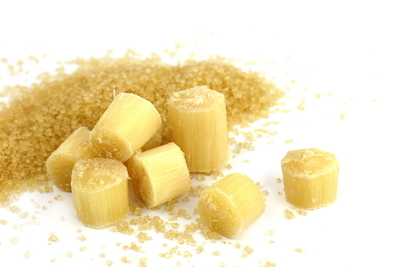Fabled for its resilience, Zimbabwe’s sugar production has broken the stranglehold of El Niño drought with adequate supply.
The Zimbabwe Sugar Association (ZAS) announced sufficient stocks from the December 2023 harvest for home and industrial use to last two seasons.
ZAS pointed out that sugarcane production is a year-round affair in Zimbabwe, which means perpetual supplies unlike seasonal crops.
Luckily, 2023 ended on a rainy note after a lengthy dry spell and filled dams in the Lowveld (lowlands). There is expectation that the reservoirs will hold their current moisture reserves up to August.
Meanwhile, millers are now awaiting the mid-April sugarcane harvest to restart their sugar-milling cycle.
The heart of the sugar industry lies in the Lowveld in the southeast region, at an altitude below 600 meters. This veldt skirts the plantation area known as Triangle and Hippo Valley, named for the two nearby sugar factories. The two major millers of the area control 80% of national cane production.
In 2019, there were 46,000 hectares under sugarcane in the Lowveld with a cane output of 4 million tonnes, while milled sugar shipments reached 122, 479 tonnes.
Sugar production in Zimbabwe is the work of the two giant mills, Hippo and Triangle. Both have the capacity to process 5 million tonnes of cane to produce 640,000 tonnes of sugar, yearly.
Additionally, there are also sugar refineries whose capacity in 2019 for refining cane sugar was around 340,000 tonnes. Total sugar production including unrefined that year ranged from 450,000 to 500,000 tonnes for the 12 months. The country’s sugar utility in the entire 2019 was 350,000 tonnes.
Projections for the 2023-24 sugarcane production were 3.5 million tonnes, per a May 2023 report by the U.S. Department of Agriculture (USDA). This estimate marked 1% increase from the 2022-23 period.
USDA attributed the normalization of weather patterns in the southeast as the reason for the marginal improvement.
In a word, the 2023-24 season will not only rally Zimbabwe’s sugar production, but it will rival the 2018-19 season.
